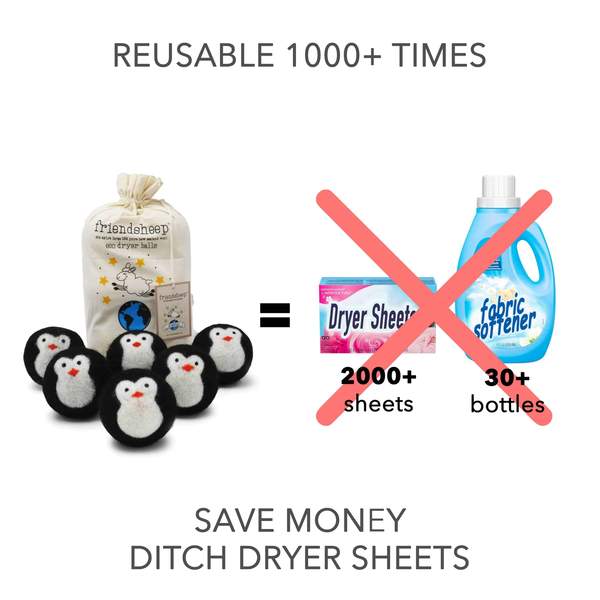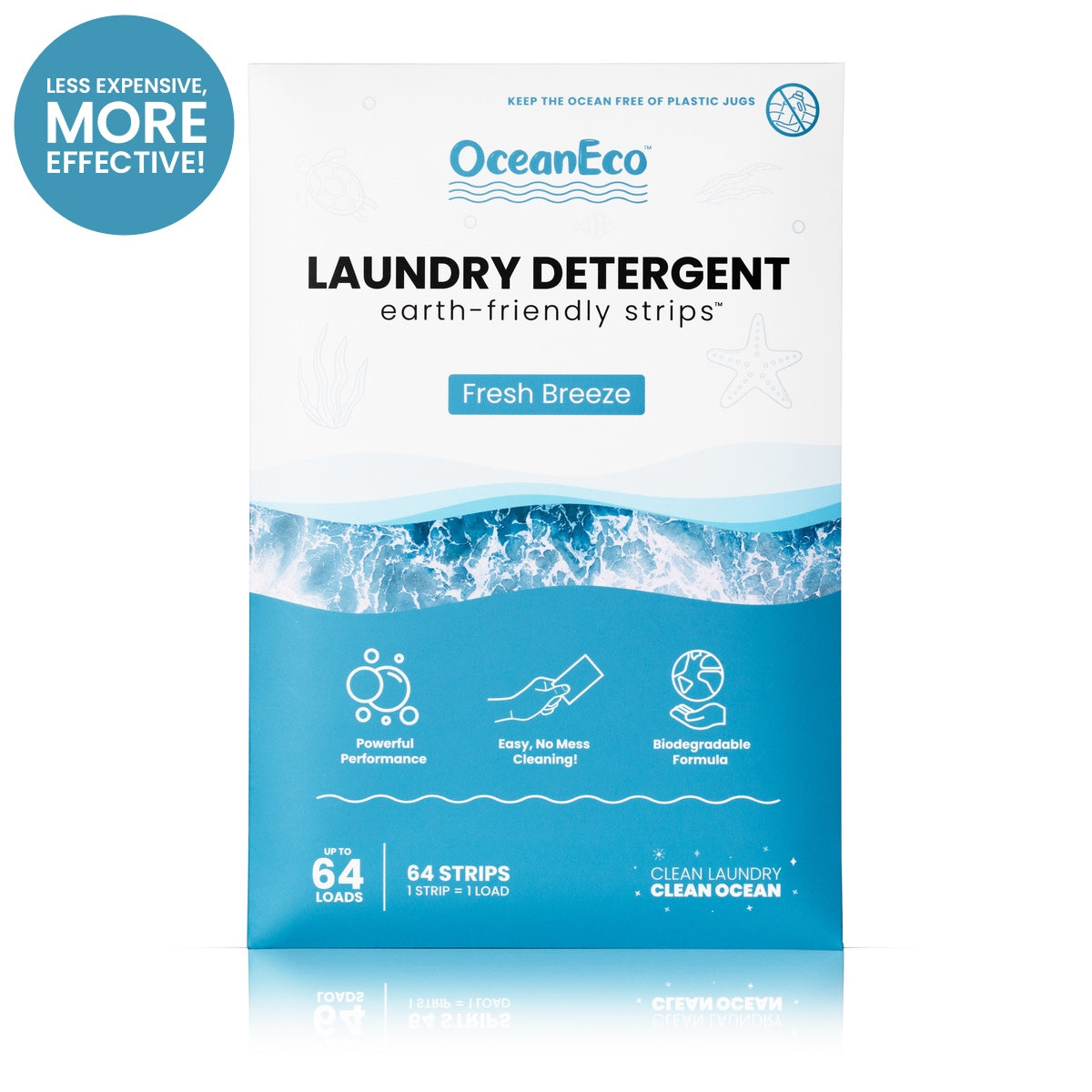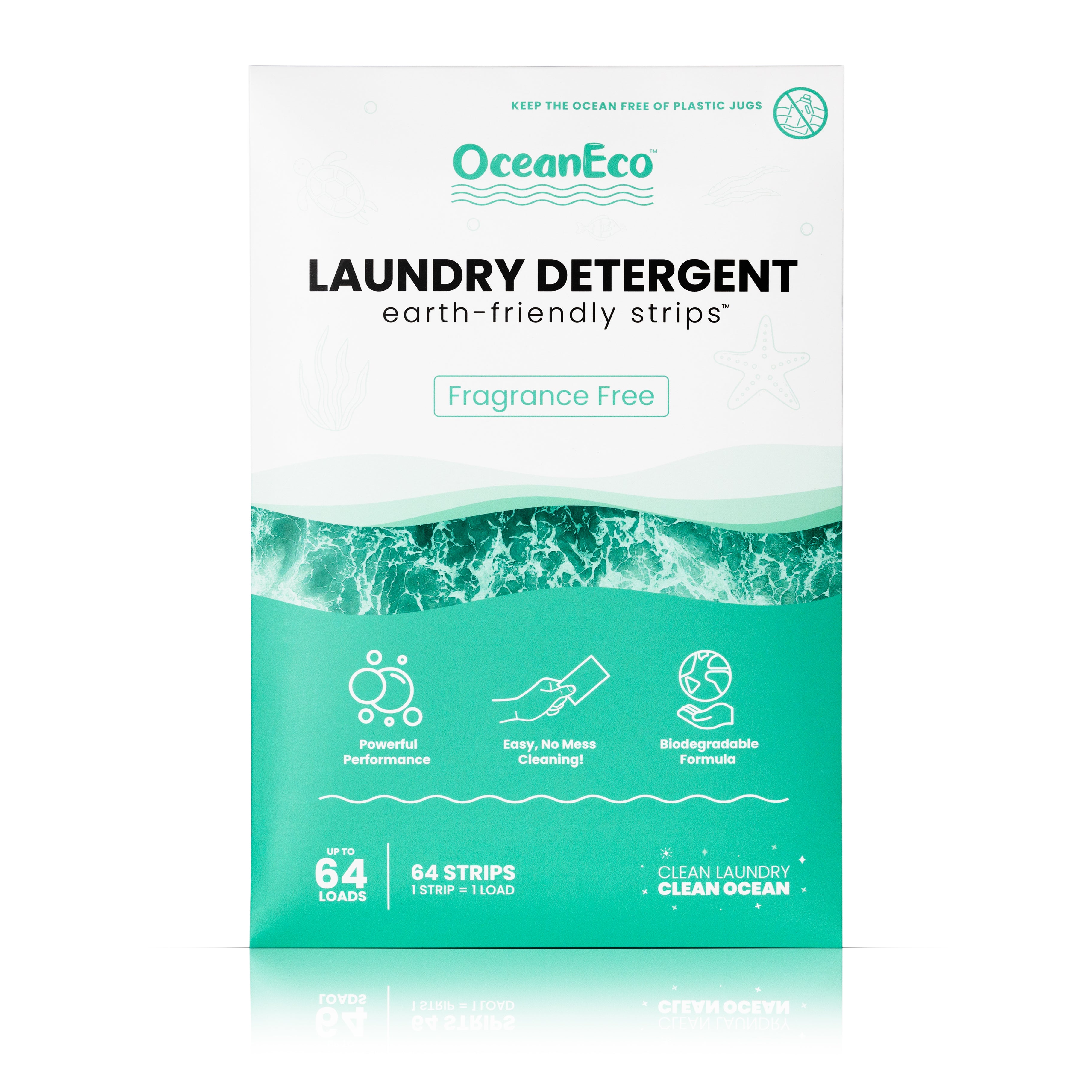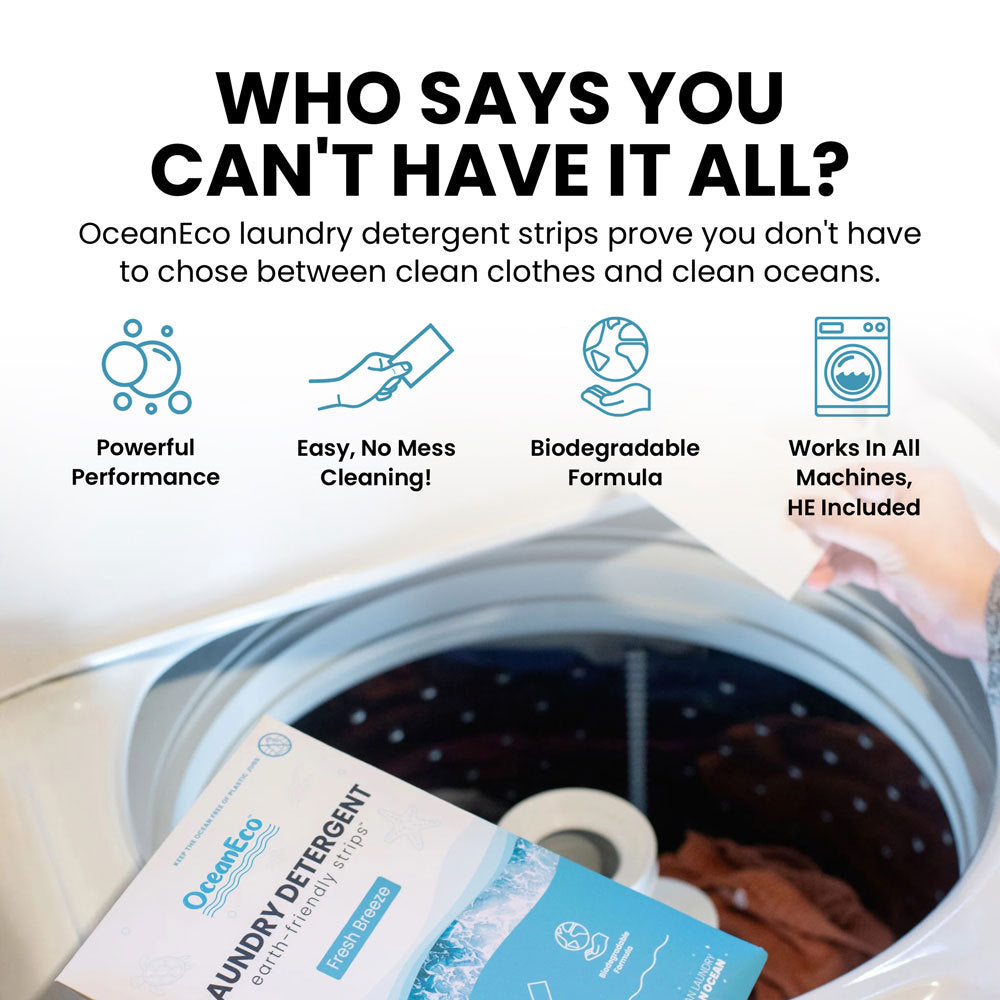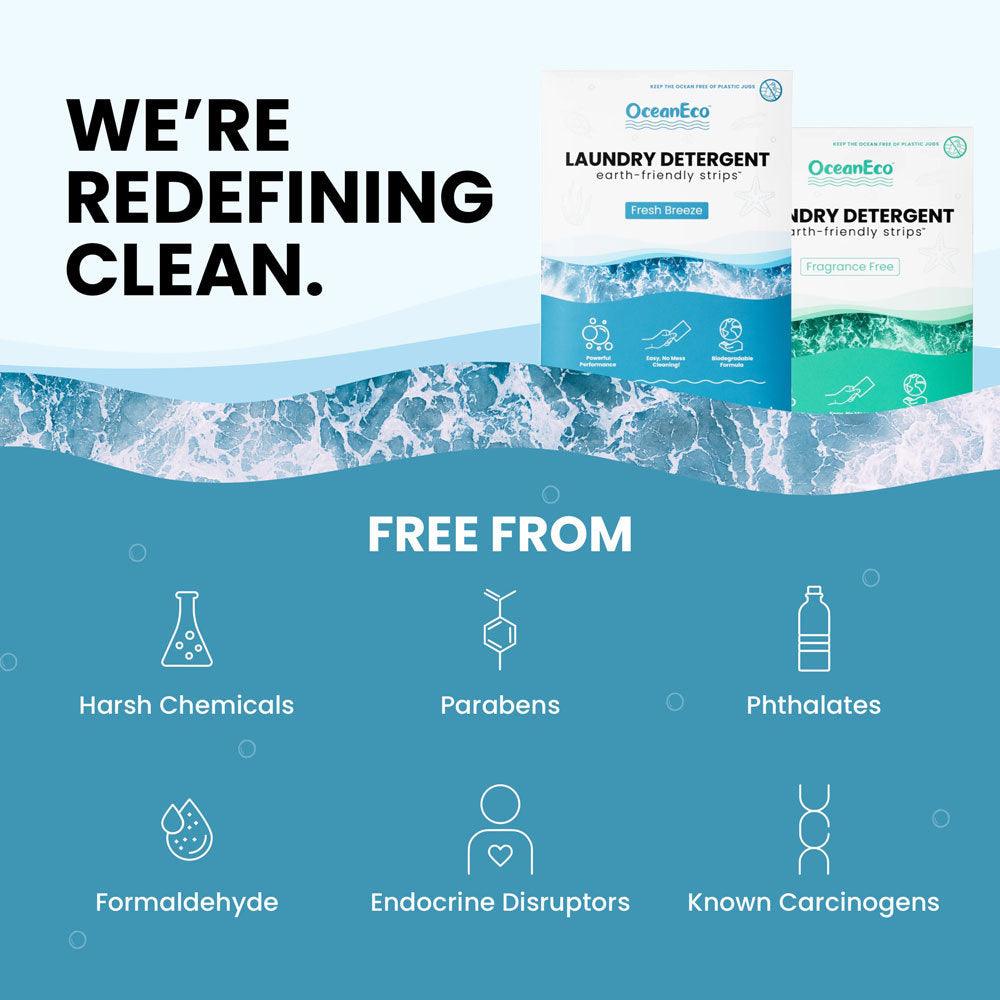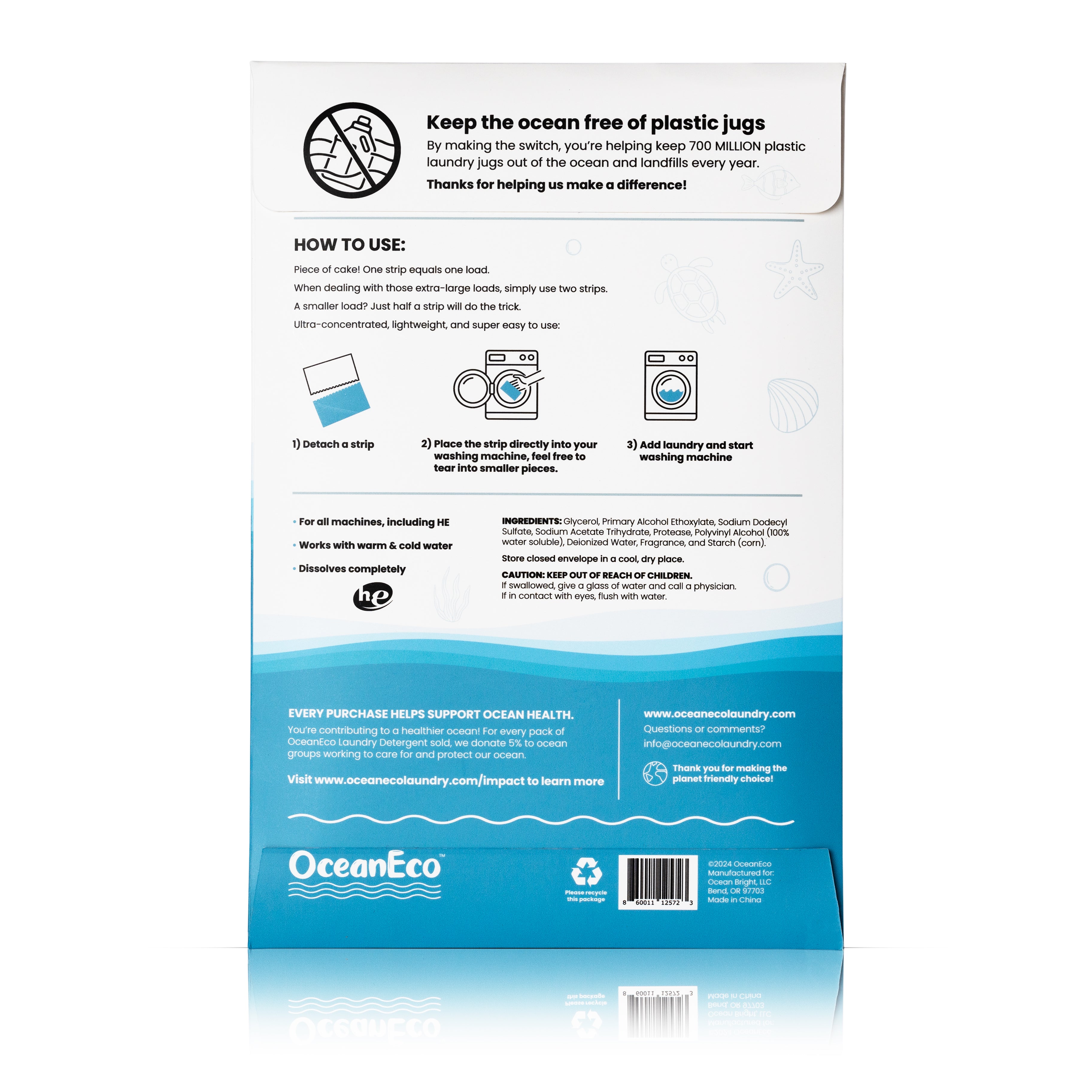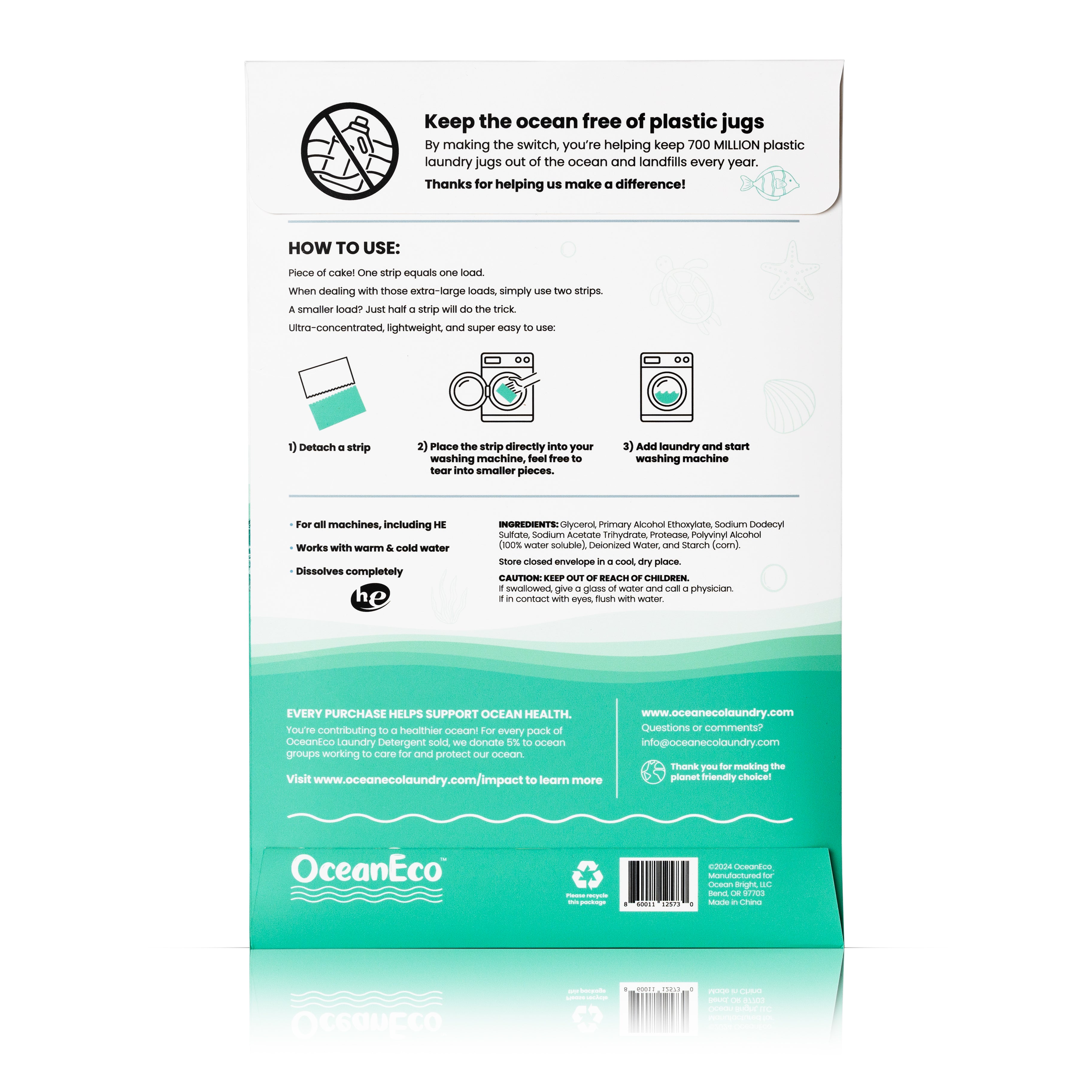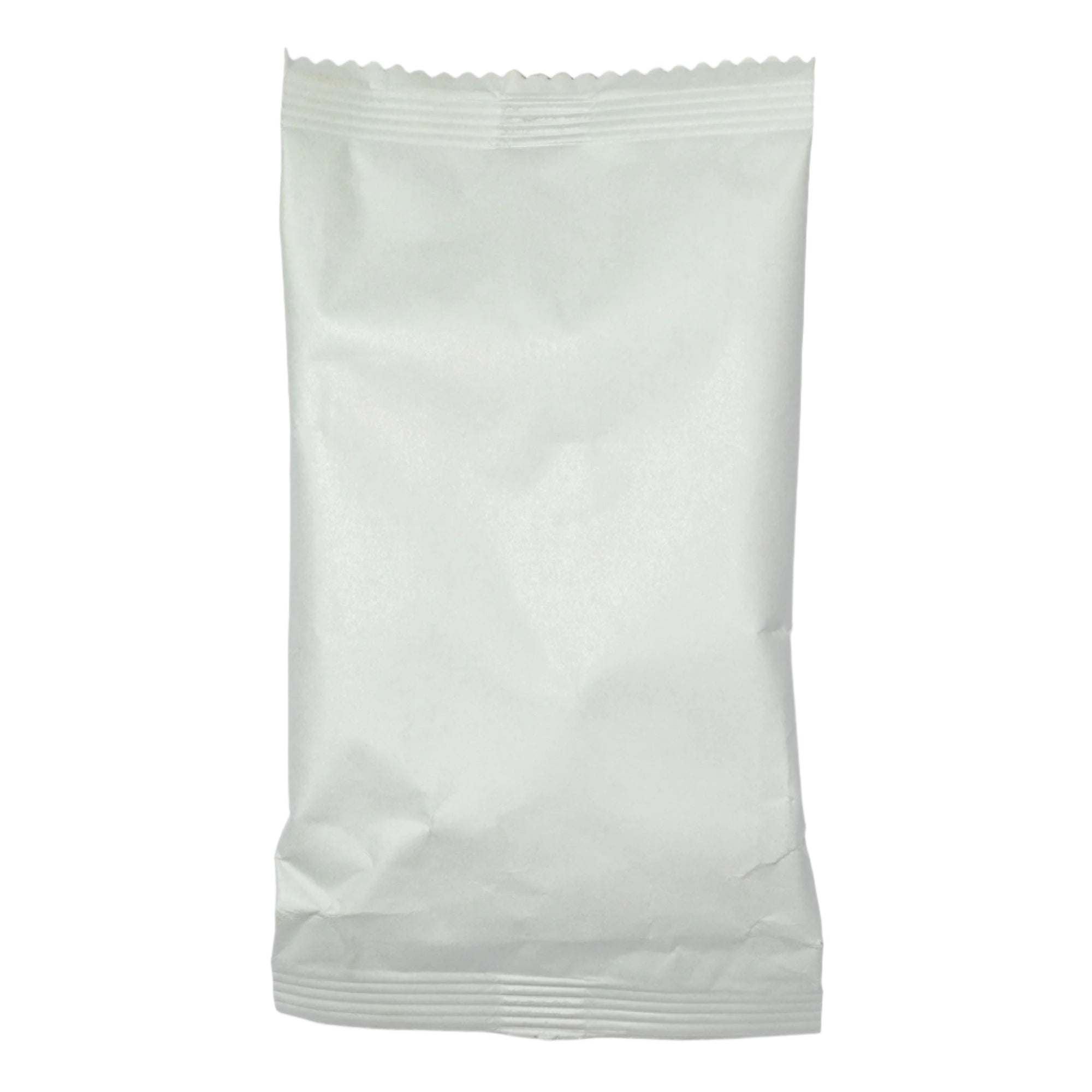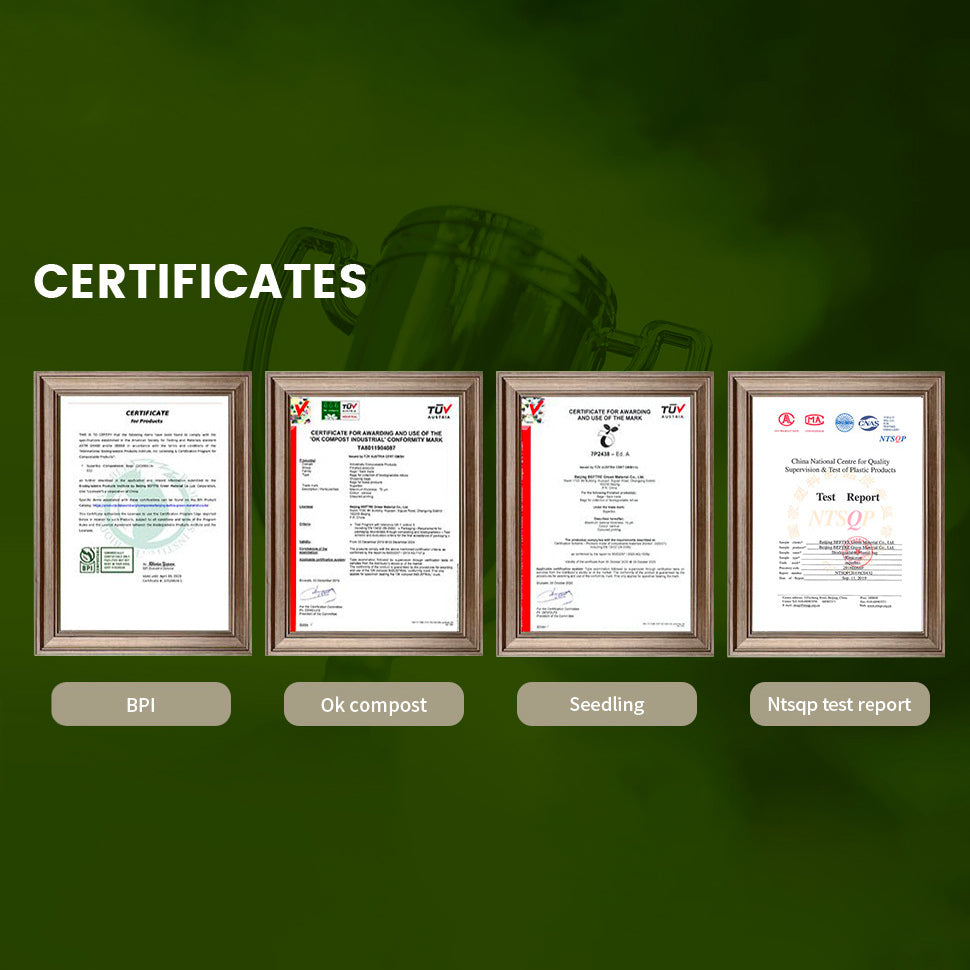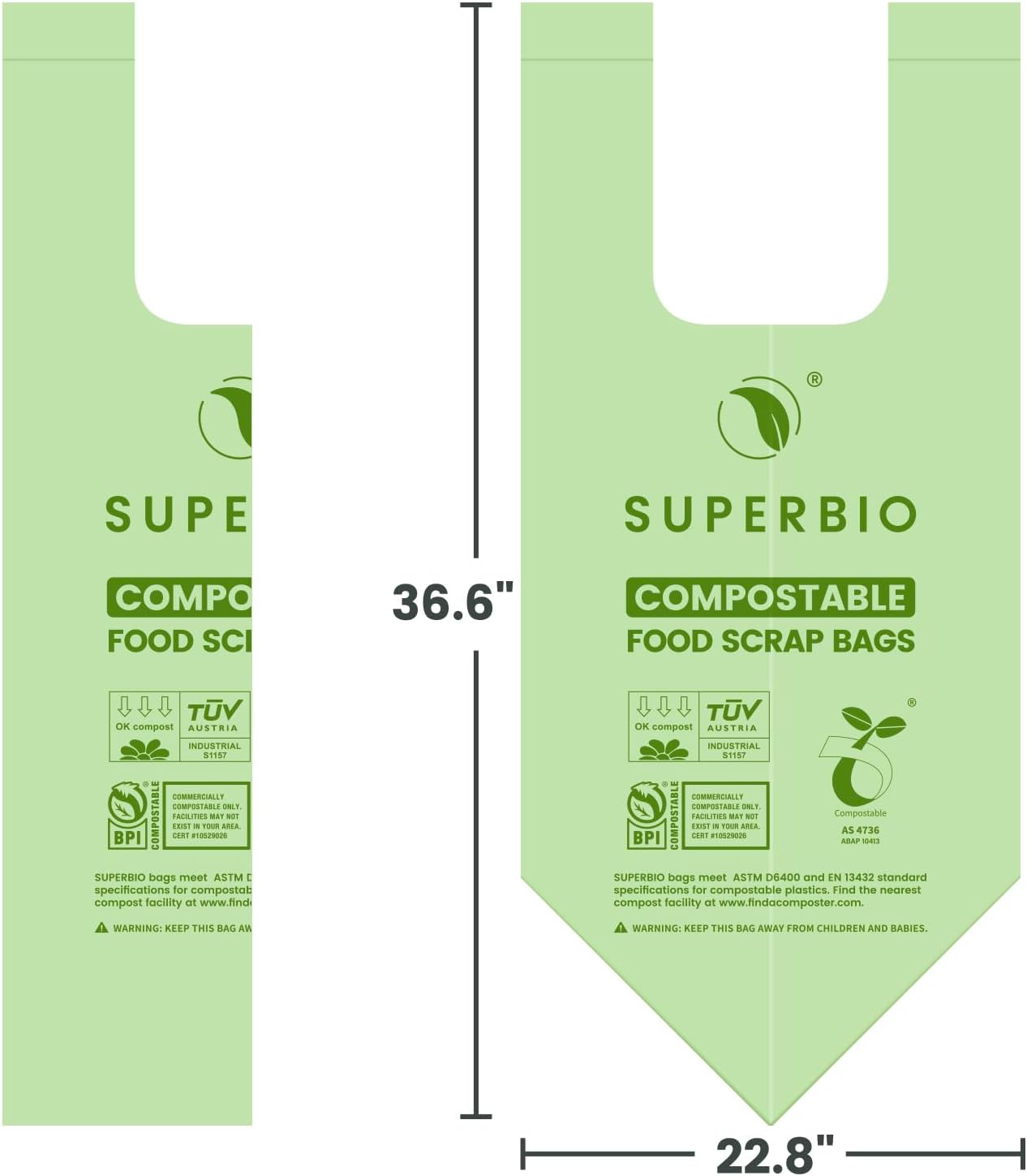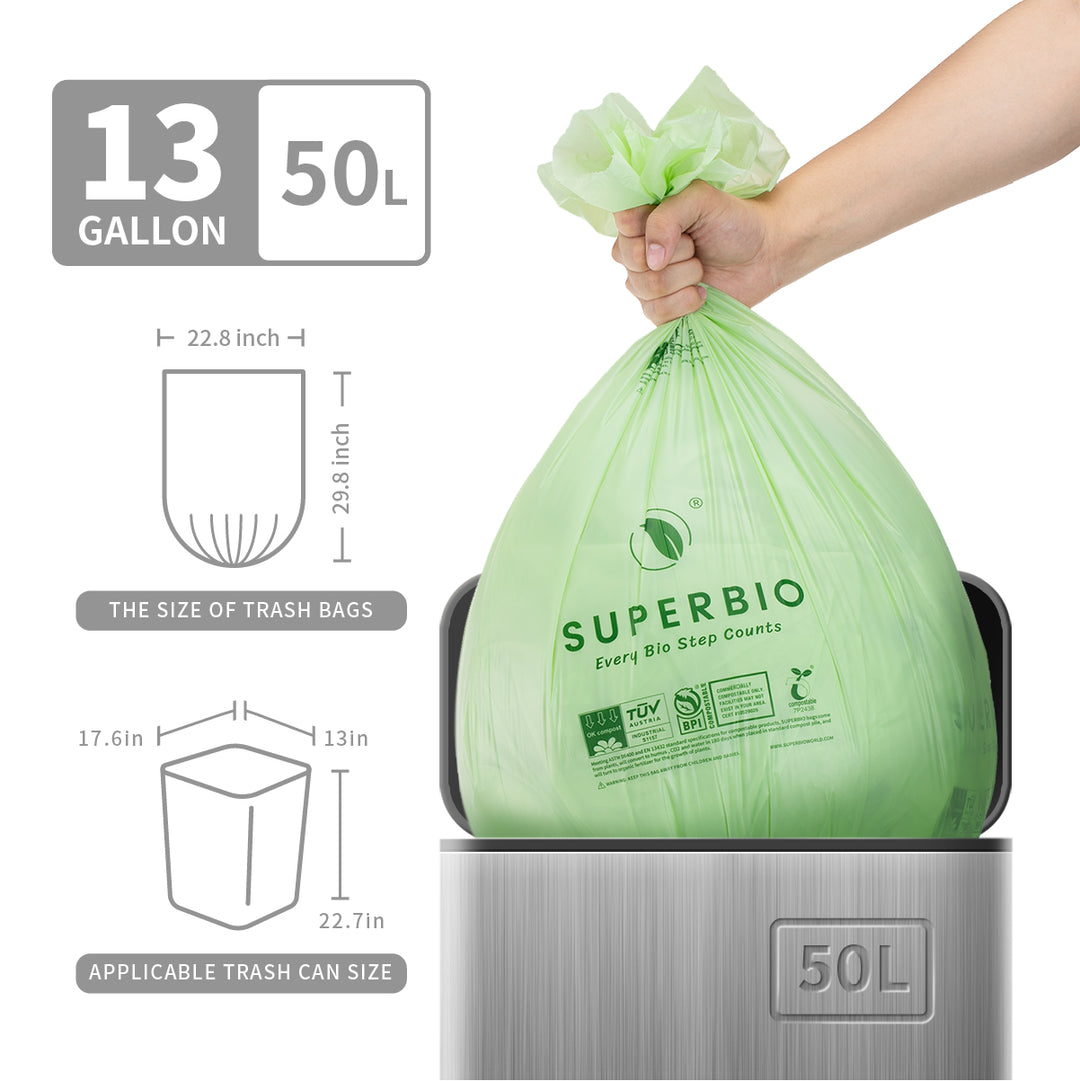From Climate Chaos and Chemical Runoff —The Biggest Threats To Marine Life
Oceans cover over 70% of Earth’s surface and produce more than half of the oxygen we breathe. They regulate climate, store carbon, and support an estimated 90% of all life on the planet. Yet despite their importance, oceans are under siege from an array of human-driven threats. From toxic waste to rising temperatures, the pressures on marine ecosystems are mounting, putting species and people alike at risk.

Oxygen-depleted waters are expanding, suffocating sea life.
Plastic Everywhere, from Coast to Trench
Plastic pollution is one of the most visible and pervasive threats to marine life. Around 11 million metric tons of plastic enter the oceans annually. Without intervention, this number could nearly triple by 2040. Microplastics, ghost gear, and discarded packaging are choking sea turtles, clogging the stomachs of seabirds, and even forming strange new habitats in the so-called “Plastisphere” EcoWatch reports.
“For every pound of tuna we’re taking out of the ocean, we’re putting two pounds of plastic back in,” Douglas McCauley of UC Santa Barbara wrote in a piece for the World Economic Forum.
Overfishing: A Hidden Collapse
Industrial overfishing, often happening far from public view, is silently dismantling marine food webs. More than a third of global fish stocks are overexploited, and another 57% are harvested at their maximum sustainable levels, according to Population Connection. Species like Southern bluefin tuna and many sharks are critically endangered due to excessive harvest and bycatch.
Ironically, aquaculture isn’t always a solution. Fish farming often depends on wild fish to produce fishmeal, contributes to habitat loss, and introduces pollutants and disease into marine environments.

Coral reefs are bleaching under extreme ocean heat events.
Climate Change: Warming, Acidifying, and Rising Seas
Climate change is accelerating ocean warming and acidification, reducing oxygen levels, and raising sea levels. The International Fund for Animal Welfare (IFAW) reports that the surface of the ocean is warming four times faster than it was 40 years ago. These changes have led to mass coral bleaching events, including one in 2024 confirmed by NOAA, and threaten biodiversity from plankton to whales.
The Great Barrier Reef is a sobering example: 98% has experienced bleaching since 1998, with further decline projected if global warming exceeds 1.5°C Population Connection notes.
Noise and Collisions: An Invisible Menace
Ocean noise pollution is a lesser-known but deadly issue. As IFAW reports reports, animals like whales and dolphins that hunt and communicate using sound are severely impacted. Noise from ships, military sonar, and drilling operations can cause disorientation, behavioral changes, and even death.
Vessel strikes, often involving whales, are another major concern. IFAW notes that for every documented death, 20 likely go unnoticed. To address this, groups are advocating for reduced ship speeds, which can cut collision risk by half and noise levels by 40%.

Only 2.4% of the world’s oceans are strongly protected today.
Pollution in Many Forms
Beyond plastic, the ocean suffers from industrial runoff, pharmaceutical contamination, and nutrient-rich agricultural runoff. EcoWatch reports that prescription drugs and heavy metals have been found in marine life, including bonefish containing as many as 58 different medications.
Ocean dumping, often from mining and shipping industries, introduces hazardous waste into fragile ecosystems. As Marine Insight reports, global mining companies alone dump 220 million tons of toxic waste into oceans each year.
Deep-Sea Mining: A New Frontier of Destruction
The push for rare-earth metals is driving interest in deep-sea mining. Though not yet in full swing, the International Seabed Authority has approved dozens of exploration contracts, according to EcoWatch. Sediment plumes, habitat destruction, and noise will affect marine life from the seabed to the surface.

Ghost nets entangle and drown dolphins, turtles, and whales.
Oil Spills and Toxic Legacy
Catastrophic oil spills continue to wreak havoc, years after initial cleanups. The Deepwater Horizon disaster, which dumped 134 million gallons into the Gulf of Mexico, still affects marine ecosystems. Even small spills can damage the insulation of marine mammals and the feathers of seabirds, often with fatal consequences EcoWatch reports.
Hope on the Horizon?
There is reason for cautious optimism. A global treaty to protect 30% of marine areas by 2030 is underway. Conservation groups are pushing hard for reforms. Technological advances, such as lighted gillnets and biodegradable fishing gear, offer promise. And individuals are cutting back on plastic, choosing sustainable seafood, and advocating for meaningful policies.
The threats are vast, but the solutions are known. What remains is the will to act. Oceans are not a bottomless resource. They are a shared lifeline—one we cannot afford to sever.



































































































